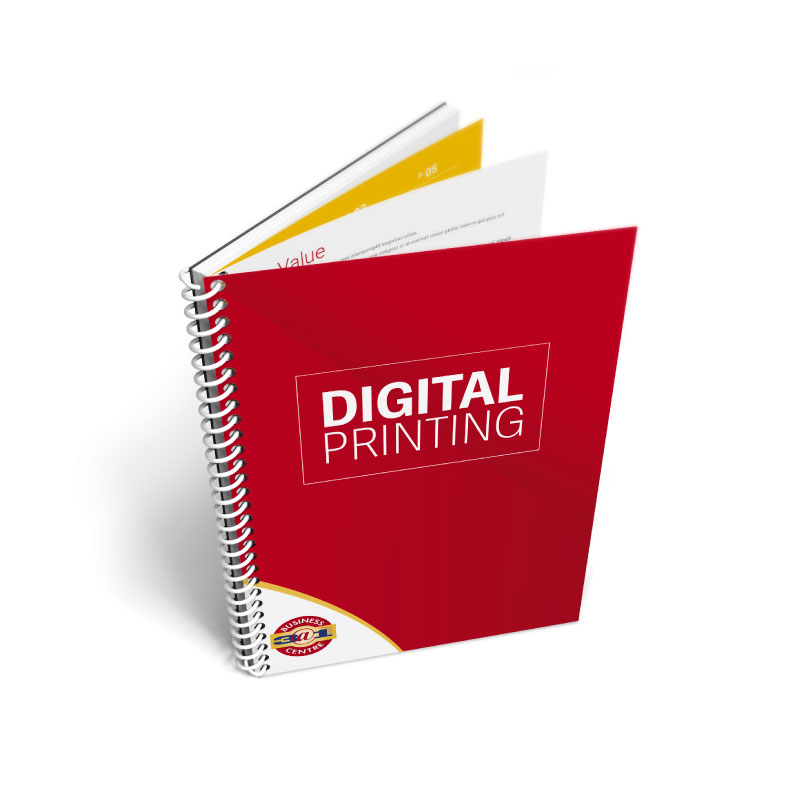Master the basics of product creation with print on demand platforms.
Master the basics of product creation with print on demand platforms.
Blog Article
Comprehending Just How Digital Printing Changes the Printing Industry
The printing sector, long steeped in conventional approaches, is undergoing a radical improvement with the arrival of electronic printing. This innovative innovation, which avoids the requirement for publishing plates, makes it possible for rapid production and customization, reshaping the landscape of print interaction. With its possible to stimulate engagement through customized material and to supply sustainable solutions, it's clear that electronic printing is greater than a technological development; it's a pivotal game changer. However just how specifically does it revolutionize the industry? Allow's check out.
The Evolution of Digital Printing: A Brief Review
Given that its beginning, electronic printing has gone through considerable changes, continually revolutionizing the printing sector. Its advancement began with the growth of xerography in the mid-20th century, a process which laid the groundwork for printer. With the development of the 90s, digital printing technology started to develop, and the industry observed the intro of direct imaging presses, which removed the requirement for printing plates. As the brand-new millennium unfolded, advancements in technology further stimulated the growth of electronic printing, causing the creation of high-speed inkjet printers. These tools provided superior quality and rate, permanently transforming the landscape of the market. Today, electronic printing stands as a testament to human innovation, continuously evolving to satisfy the ever-changing requirements of the modern globe.

Unboxing the Innovation Behind Digital Printing
Digging right into the ins and outs of digital printing modern technology, one experiences an abundant tapestry of sophisticated equipment and complicated formulas. At the heart of this process exists a digital photo, which is processed by software that separates it into a grid of dots. These dots are then exchanged an electronic code. This code is translated by the printer, which uses it to exactly transfer beads of ink onto the substratum. The droplets are so little and precise that they create an image that is virtually equivalent from the initial. This detailed system, strengthened by sophisticated software application and high-resolution imaging, has transformed the landscape of the printing industry, paving the means for unmatched degrees of information and accuracy.

The Benefits of Digital Printing for Services
Recognizing the modern technology behind electronic printing supplies a clear photo of its precision and detail. Digital printing is eco pleasant, using much less ink and generating much less waste. The full capacity of digital printing is realized when utilized for personalization and personalization, a subject that will certainly be covered in depth in the next area.
The Duty of Digital Printing in Modification and Personalization
While conventional printing methods battle with modification and personalization, digital printing excels in these discover this locations. It enables the easy alteration of layouts, without the requirement for expensive and taxing plate modifications (print on demand). This enables organizations to tailor products to individual consumers, conference specific demands and improving customer contentment
Digital printing additionally permits variable data printing, where aspects such as message, graphics, and images might be transformed from one printed piece to the following, without reducing the printing process. This is specifically helpful for direct advertising projects, where personalized messaging can considerably enhance feedback rates. This way, electronic printing not click here for more info only reinvents the printing sector but likewise changes the means organizations communicate with their clients.
Evaluating the Ecological Impact of Digital Printing
Although digital printing has actually been admired for its duty in modification and personalization, it is important to examine its ecological effect. Digital printing can be less inefficient than typical approaches, because it Get More Info operates on a 'print on demand' basis, eliminating the need for large print runs that can lead to excess and waste. Additionally, it utilizes less chemicals and generates less unpredictable natural substances (VOCs) compared to counter printing. Nevertheless, the energy use of digital printers can be high, resulting in increased carbon impact. The usage of non-recyclable printing components and the challenge of e-waste administration posture significant environmental worries. Consequently, while digital printing has lots of advantages, its environmental impact needs to be conscientiously managed.
Conclusion
In final thought, electronic printing has changed the printing market, providing fast, economical, and high-grade remedies - print on demand. Comprehending these changes is crucial for businesses to leverage the advantages of digital printing effectively.
Report this page